The University of Tennessee Institute of Agriculture is a special place. Here, our world-renowned researchers, educators, and experts create and deliver Real. Life. Solutions. every day that address some of society’s most pressing issues.
As one of the few land-grant university institutes of agriculture in the country, we are uniquely poised to serve Tennessee and beyond. The institute is home to UT AgResearch, UT Extension, the Herbert College of Agriculture, and the College of Veterinary Medicine. Together, these units collaborate to create outstanding opportunities in agriculture, natural resources, and life sciences.
This five-year strategic plan is our roadmap to ensure we are serving our state, nation, and world at the highest level possible. Together, we will continue to set the bar high, growing greatness for years to come.
Keith Carver
Senior Vice Chancellor and Senior Vice President
UT Institute of Agriculture
Our Mission
We provide Real. Life. Solutions. through teaching, research, and outreach.
Our Vision
As a land-grant institute, we aspire to improve lives of Tennesseans and beyond—one discovery, one community, one classroom, one home, and one farm at a time.
Our Values
These values guide UTIA in carrying out its mission. All UTIA faculty, staff, students, and volunteers should aspire to act in ways consistent with these values.
Priorities for the Institute of Agriculture
Developing Skilled, Lifelong Learners and Citizens, and a Resilient Workforce
UTIA is committed to developing tomorrow’s leaders today. Through a multifaceted approach, we prioritize initiatives aimed at cultivating talent, fostering continuous learning, and empowering individuals to thrive.
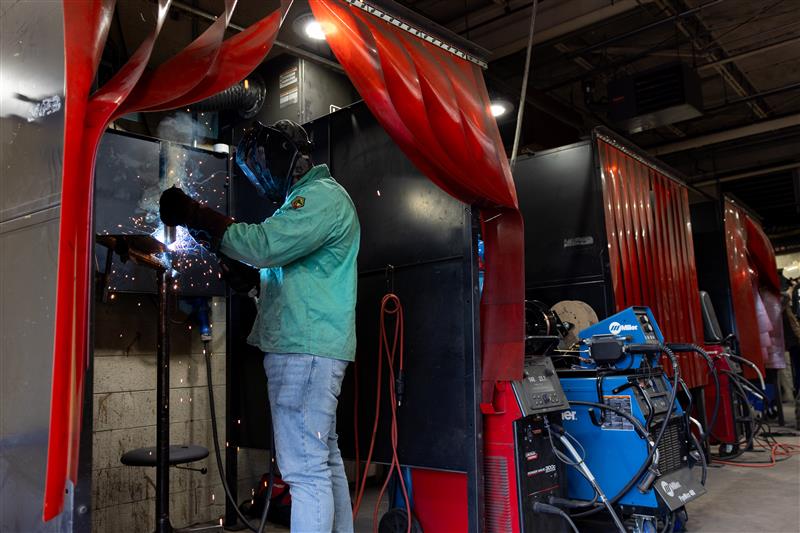
Securing a Safe, Nutritious, and Affordable Food System Locally, Nationally, and Globally
UTIA is dedicated to implementing proactive measures that address the complex challenges facing agriculture. We embrace a holistic approach to foster resilience and prosperity within local, national, and global food systems.
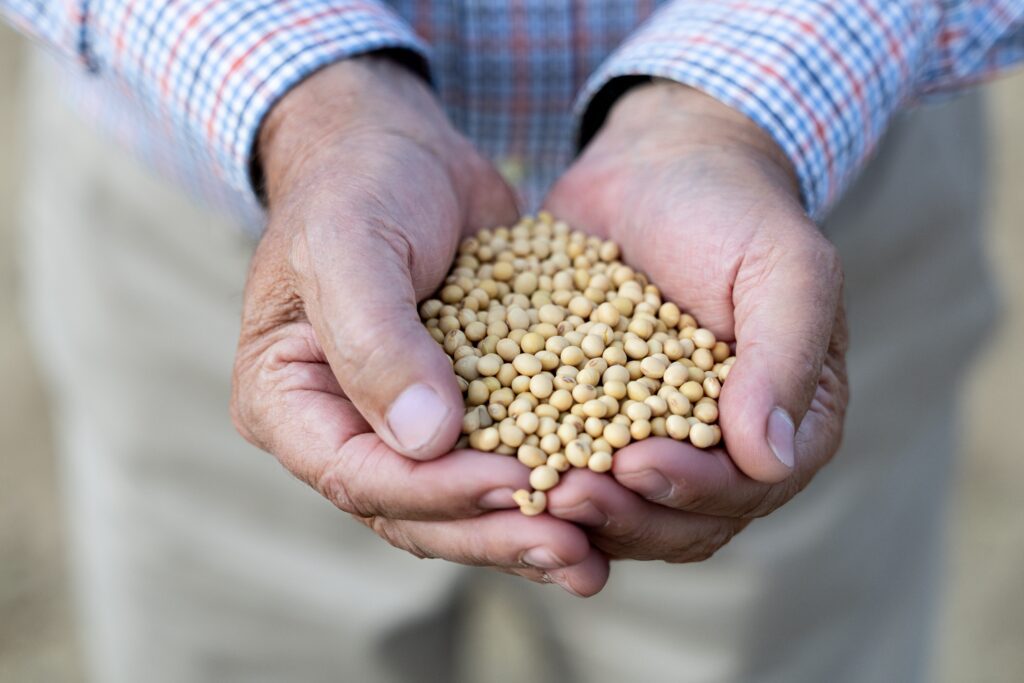
Improving the Health, Safety, and Well-Being of Humans and Animals
UTIA plays a pivotal role through its recognition and integration of the One Health concept. Embracing the One Health approach, which underscores the interconnectedness of human, animal, and environmental health, UTIA is uniquely positioned to spearhead initiatives aimed at bolstering health outcomes in Tennessee and beyond.
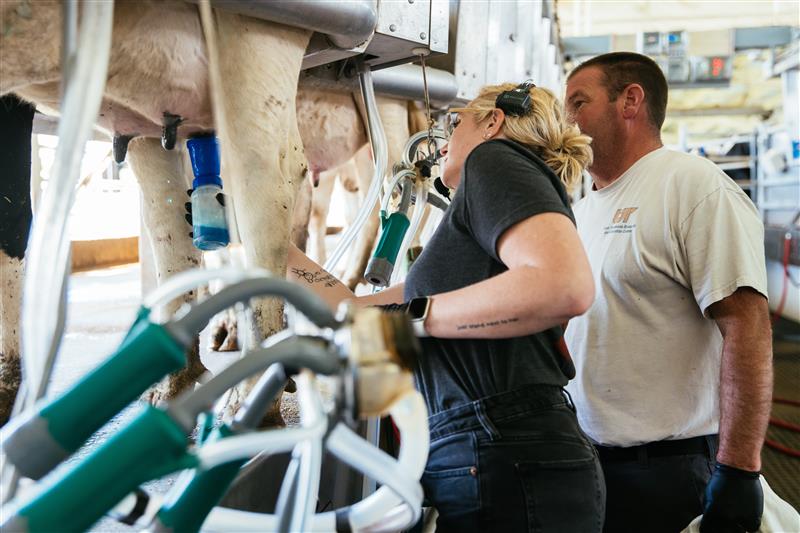
Ensuring the Profitability of Agricultural Producers and the Sustainability of Communities
UTIA fosters collaborative partnerships and innovative initiatives to realize economic sustainability for the communities we serve. Recognizing the connection of economic prosperity and community well-being, we prioritize sustainable development strategies that empower residents and businesses alike. With a commitment to encouraging innovation and collaboration, our organization is dedicated to building a prosperous and sustainable future.
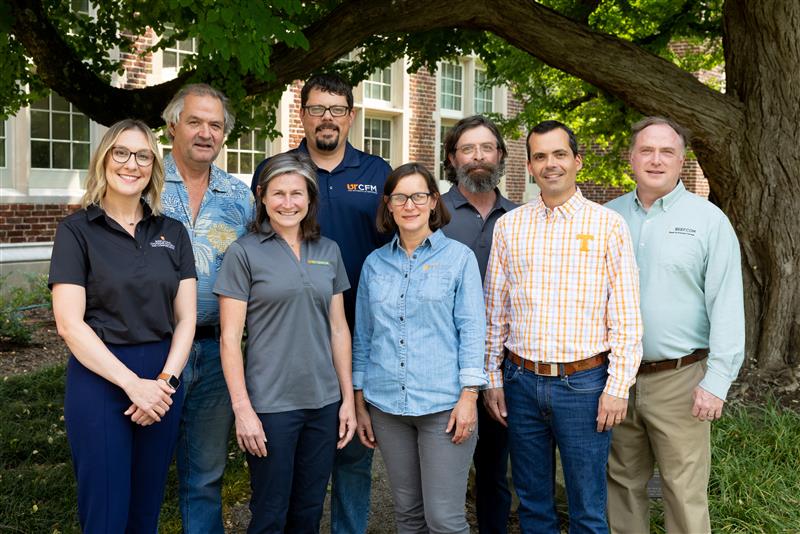
Enhancing and Protecting Natural Resources and a Sustainable Environment
In the pursuit of a thriving and sustainable future for Tennessee, UTIA is committed to enhancing and protecting our natural resources and fostering a sustainable environment. Our approach reflects a balance between human prosperity and environmental well-being.
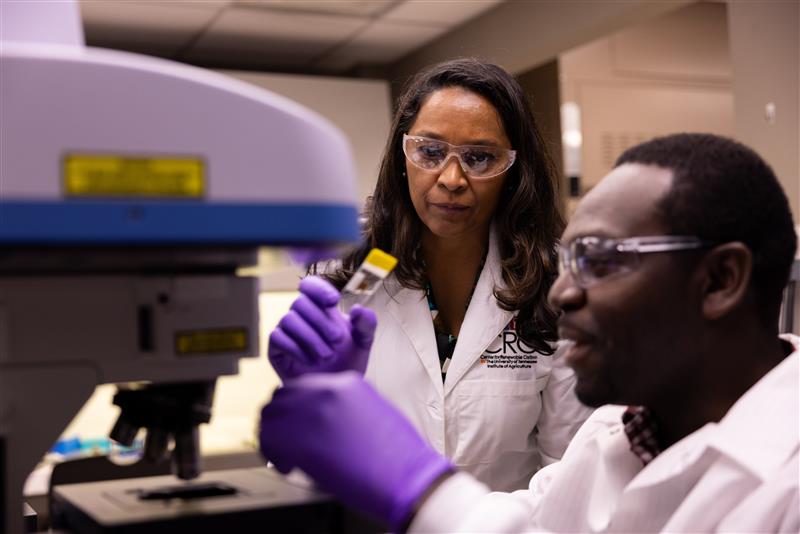

Strategic Goals
1. Expand Educational Opportunities
Deliver high-quality, relevant learning experiences.
High-quality, relevant learning experiences are transformative and foster deeper understanding, critical thinking, and skill development. These experiences are thoughtfully designed to align with learners’ needs, interests, and real-world applications.
2. Foster Innovation and Discovery
Develop solutions to address issues related to land, life, and science.
Continued growth of research at UTIA will be integral in broadening the institute’s impact and elevating its national reputation. UTIA should be known as the go-to destination for top researchers, graduate students, and funding partners to perform basic and applied research that addresses current and emerging relevant challenges.
3. Encourage and Increase Collaboration
Support a culture of trust and collaboration.
An environment of trust and collaboration allows people to develop creativity and take risks to overcome obstacles and achieve innovative outcomes far surpassing those of individual efforts.
4. Share Our Collective Success
Continue to tell the story of how we and our partners impact communities.
Communicate a clear message of UTIA’s compelling story of how we educate, discover solutions, and impact our state and world.
5. Nurture Our Talent
Recruit, retain, and develop top faculty and staff to be the best-in-class institute.
Aspire to be a destination of choice for top performing faculty and staff from recruitment forward.

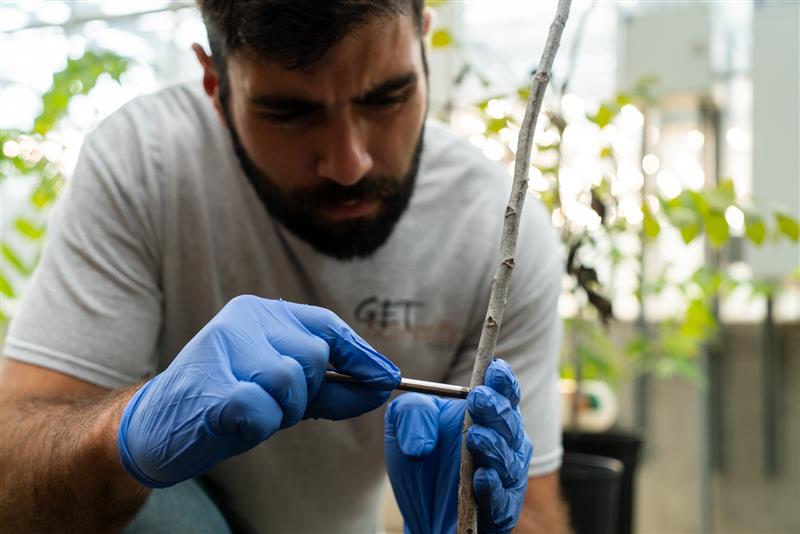

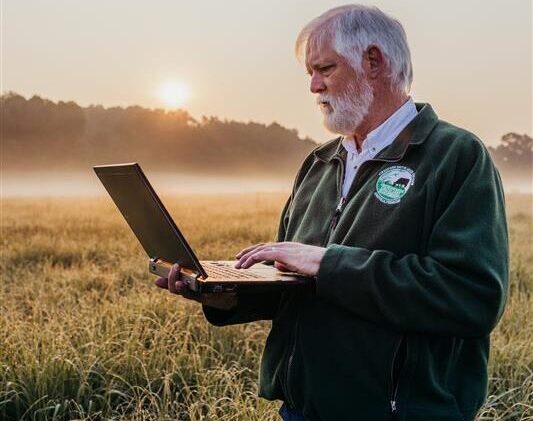
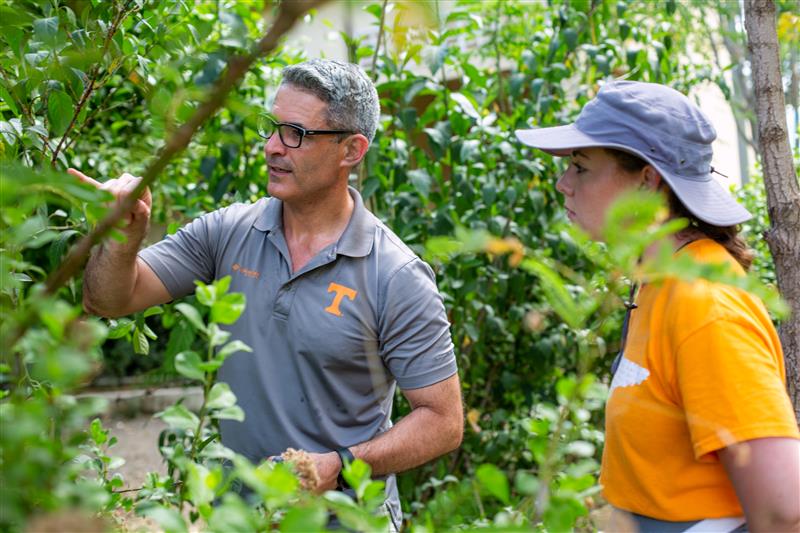
Growing Greatness: A Five-Year Strategic Plan for UTIA (2025-2030)




